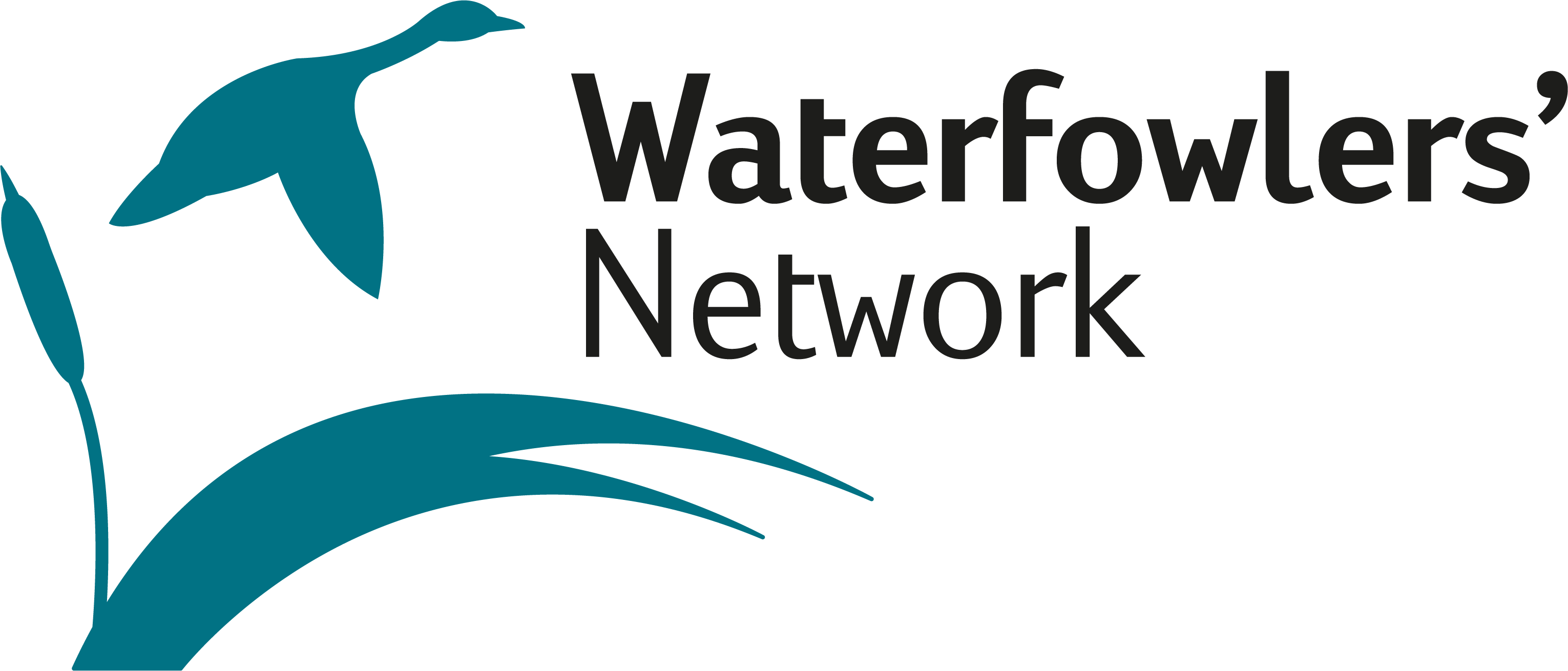Can digital photos replace wings in future wing surveys? 9th June 2021
A new study carried out by BASC and WWT shows that photographs have the potential to be a valuable tool in increasing the participation in wing surveys, with high levels of accuracy in determining the species and sex for Wigeon, Mallard and Teal wings.
By Heather Warrender, BASC
Wing surveys can be valuable tools in assessing the composition of harvested populations and may be used alongside other methods, such as ringing, to gather information regarding productivity and survival. BASC's wing survey ran between 1960s and the early 2000s and was restarted in 2017.
A previous survey carried out by BASC, aimed at finding out why people do or do not participate in the wing survey, highlighted that the storage of wings is a common reason for not participating. To investigate ways of increasing participation in BASC's wing survey, the new study considered the use of digital photographs as a replacement for in-hand wings.
Three species included
The photographs used were of varying quality, as were the wings used, as this would likely be the situation when asking hunters to provide the photos. The species used were Mallard, Wigeon and Teal as these are the most commonly hunted species in the UK. The photographs were sent to experienced duck ringers to determine the species, age and sex of each wing and these determinations were compared against our own determinations of the same wings in the hand.
Wigeon were by far the most accurately determined species for both sex and age followed by Mallard and then Teal. Determinations of sex for all species were high, between 80.6% and 90.0%. Age was the least accurately determined characteristic with 48.8% of participants accurately determining age of Teal, 50.3% for Mallard and 79.7% for Wigeon. Age was only determined as either juvenile or adult.
The way forward
Additional photos of the entire bird and key features such as the bill and tail may allow for easier and more accurate determinations of both age and sex. More work is needed to investigate if it does increase age determinations and also, the feasibility of asking for multiple photos from hunters without deterring them from the survey.
Read the full article here: Assessing the use of digital photographs for the determination of duck species, age and sex.
Wings were studied in the hand before the study of digital images was conducted.
